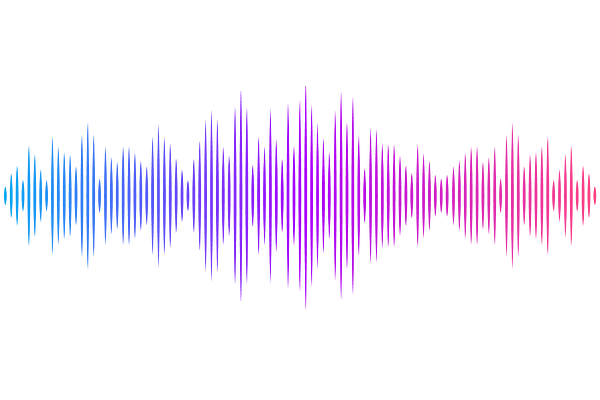Hydrodynamic and Electromagnetic Discrepancies between Neutron Star and Black Hole Spacetimes

Hydrodynamic and Electromagnetic Discrepancies between Neutron Star and Black Hole Spacetimes
Jonathan Gorard, James Juno, Ammar Hakim
AbstractThe exterior spacetime geometry surrounding an uncharged, spinning black hole in general relativity depends only upon its mass and spin. However, the exterior geometry surrounding any other rotating compact object, for example a neutron star, will generally depend upon higher moments in its multipole expansion, which will in turn be dependent upon the object's equation of state. Using general relativistic hydrodynamics and electrodynamics simulations, we illustrate that the presence or absence of these higher moments (assuming a physically realistic neutron star equation of state) has a significant qualitative effect near the surface of the compact object on the dynamics of unmagnetized accretion, and a smaller quantitative effect on the electromagnetic field configuration of its magnetosphere. In some places, the discrepancies in energy-momentum density are found to reach or exceed 50%, with electric field strength discrepancies in excess of 10%. We argue that many of these differences are likely to be amplified by the inclusion of more sophisticated plasma physics models, and are therefore likely to be relevant for the dynamics of gravitational collapse, and potentially also for particle acceleration and jet launching. These discrepancies suggest important limitations regarding the use of the Kerr metric when performing numerical simulations around neutron stars.